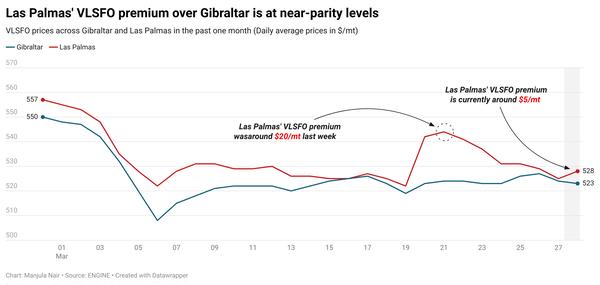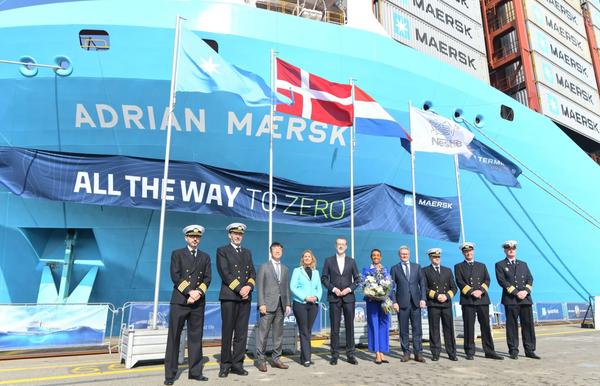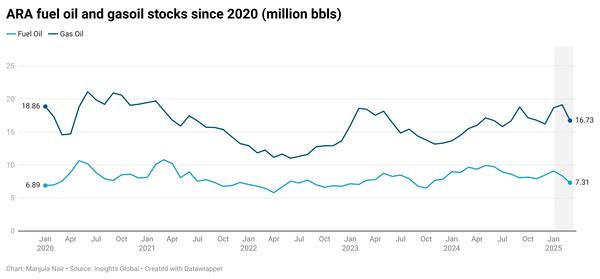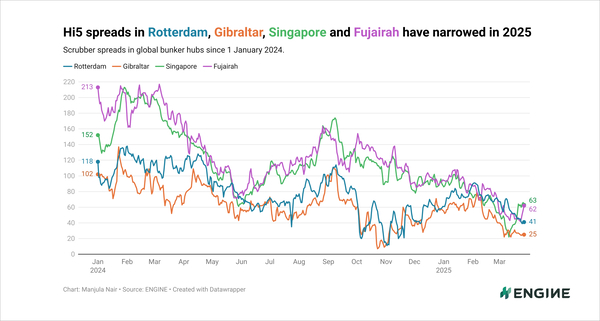Ports of Rotterdam and Singapore strengthen ties on green shipping corridor
The Maritime and Port Authority of Singapore (MPA) and the Port of Rotterdam have collaborated to further strengthen measures on the Rotterdam-Singapore Green and Digital Shipping Corridor.
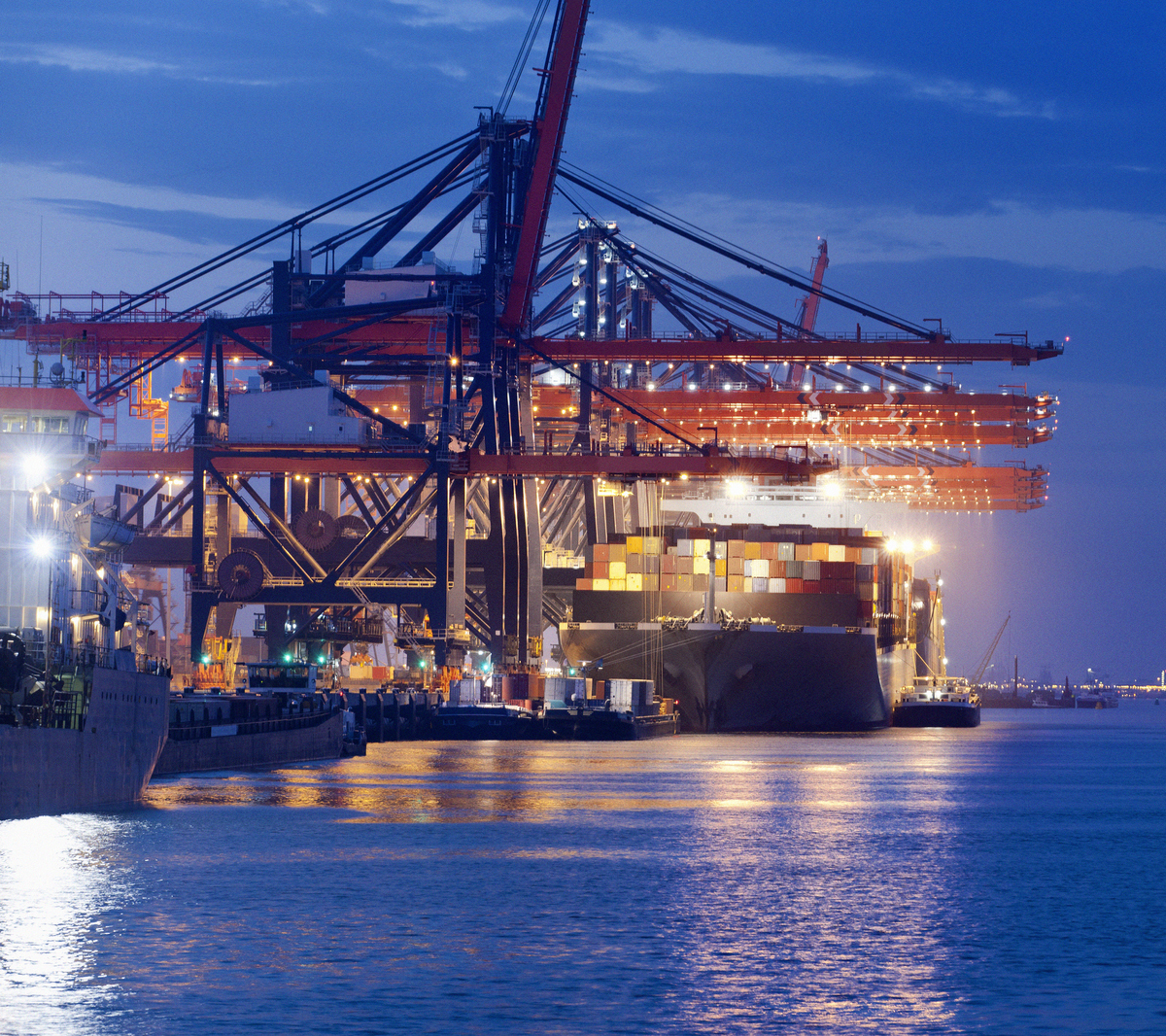 PHOTO: A large container ship moored in a commercial dock at night in Rotterdam, Netherlands. Getty Images
PHOTO: A large container ship moored in a commercial dock at night in Rotterdam, Netherlands. Getty Images
As a part of the agreement, a trial bunkering of mass-balanced liquefied bio-methane (LBM) is planned in Singapore this year.
The project partners also aim at accelerating the adoption and large-scale availability of sustainable fuels in the corridor, including bio- and e-variants of ammonia, methanol, and methane, with working groups established for each fuel type.
The collaboration builds on the success of the corridor since its inception in 2022. “In the next phase, the partners plan to conduct further studies and trials for the bunkering of bio-methane, methanol and ammonia to support their future use along the shipping corridor,” MPA said.
The collective ambition is to reduce greenhouse gas emissions of large container vessels on the corridor by 20-30% by 2030, the MPA added.
What is LBM?
LBM, also known as bio-LNG, is produced from the biogas discharged from the anaerobic digestion of organic waste. Biogas is made of two core components – methane and carbon dioxide. Methane is isolated from carbon dioxide and then liquified to produce LBM.
Using LBM over fossil-based fuels also helps in eradicating harmful emissions like black soot and other particular matters (PM), nitrogen oxides (NOx) as well as sulphur oxides (SOx).
It can either be used in its pure form or as a drop-in fuel in fossil LNG, which is similar to the way biofuels can be blended into MGO or VLSFO. This means that vessels capable of running on LNG will not need modifications to run on pure LBM or LBM-LNG blends.
Mass balancing is an accounting method that tracks the flow of sustainable feedstocks in the supply chain. It enables the blending of renewable and non-renewable feedstocks while maintaining an accurate tally of each type.
The mass balance methodology allows bio-methane to be blended with conventional LNG in the existing supply chain while still tracking and attributing its sustainability benefits. It also ensures that the blended fuel is not claimed to be greener than the quantity of sustainable feedstock used.
By Aparupa Mazumder
Please get in touch with comments or additional info to news@engine.online
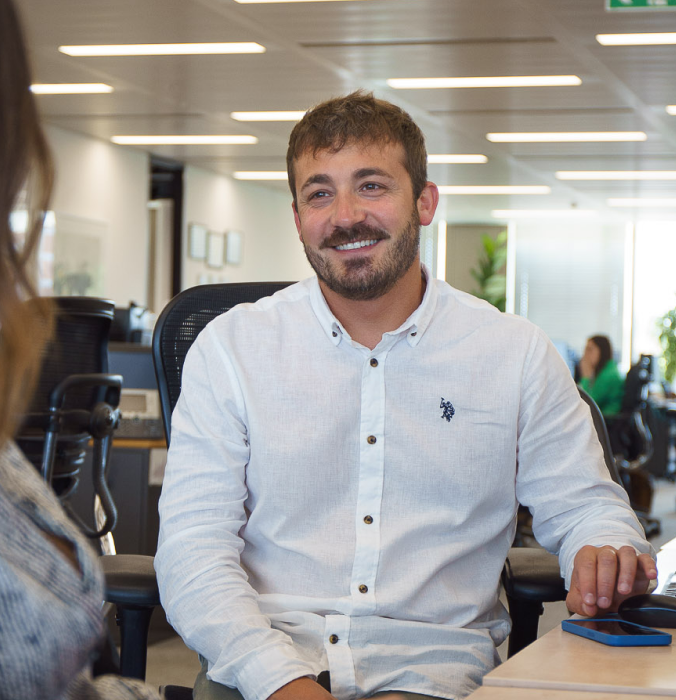
Contact our Experts
With 50+ traders in 12 offices around the world, our team is available 24/7 to support you in your energy procurement needs.

